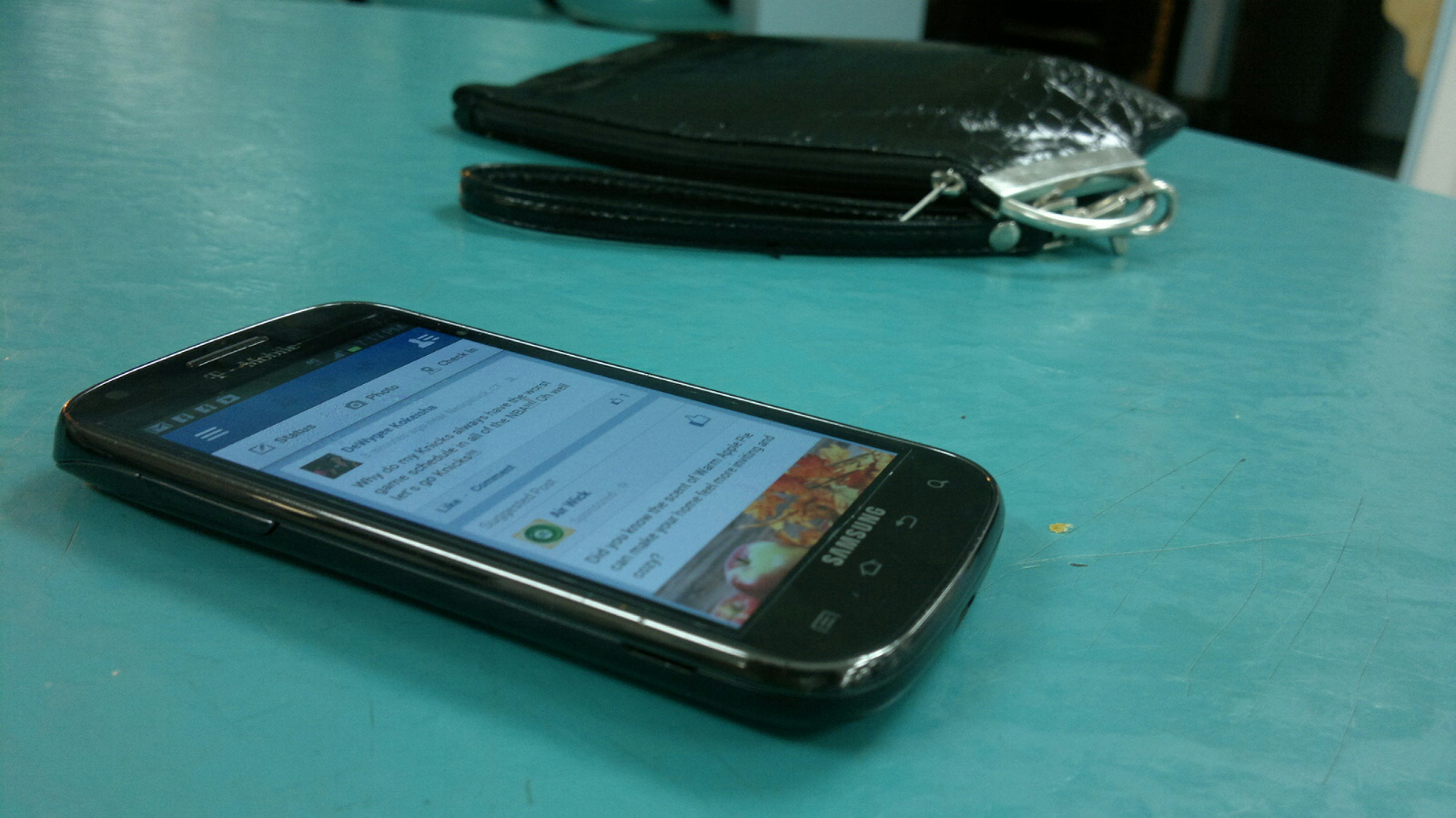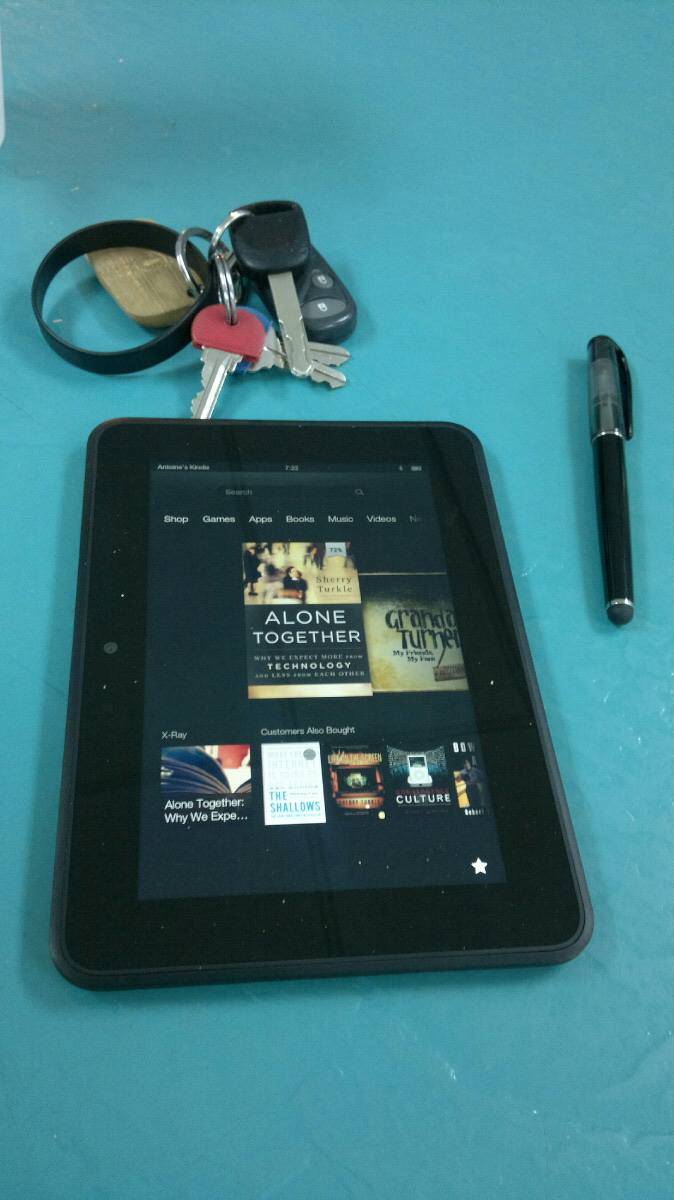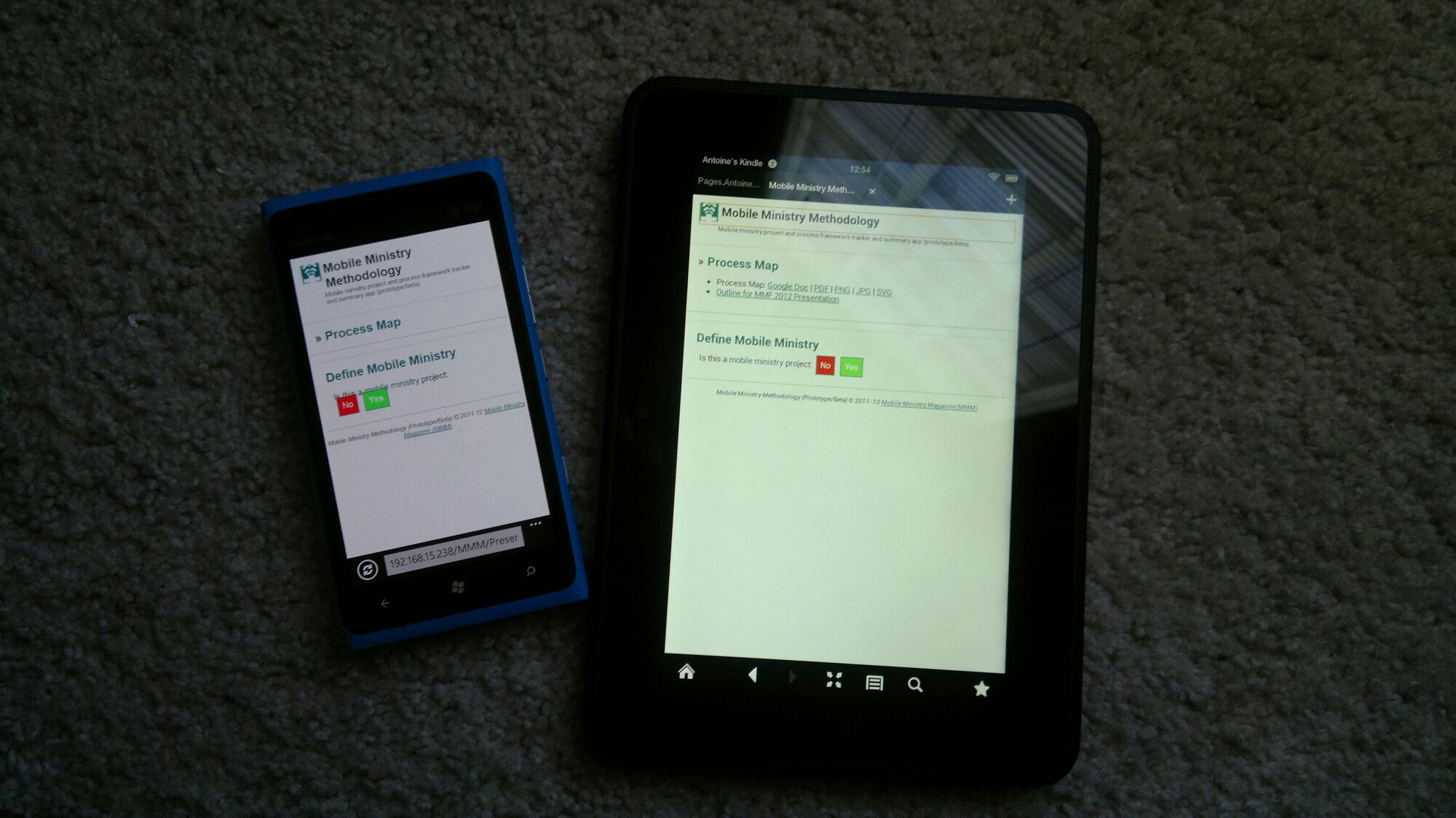
One of the more popular topics within the educational space these days is the push towards 1:1 computing programs in middle, junior, and high schools. The idea is one part driven by the access that these students have already to the technologies, and another part driven towards the idea that materials and skills facilitated in the digital space cannot be replicated in an analog space. There’s a lot of back and forth there, much of it really good. And I think that churches can pay attention and glean some lessons here from how to not so much deploy 1:1 solutions, but make steps forward towards some newer learning engagements.
For example, its nearly common for persons to attend a church service or Bible study with their own device in hand. And in some communities, there is some kind of shared Wi-Fi access point covering the area – even if its used just for staff and internal work. I can imagine the provisioning of some kind of collaborative space that exists only on the access point of the church facility (since being in-person is so vital). Such a space would be easily managed by the teacher’s device, and probably driven by a Dropbox-like wiki and local Bible app for a common text. Ah…. but that one is getting ahead of myself. What can we do today, that doesn’t seem so impossible?
Could we see some aspect of less control to the pastor’s notes, and get something like them being shared as soon as the teaching period begins? Or, maybe some use of reading plans by small groups that stretch beyond devotions, but are aligned with core doctrines of the faith or a denomination? How the teacher doing something like using Bluetooth and other P2P tech to share notes when the study is done?
I have ideas, and folks can tell you that I personally take delight in experimenting with the kinds of interactions around Bible content and behaviors that stretches to look more mobile and less controlled than what we’ve seen with print – outlines, email, curated lists, etc. I believe that we can do a lot more that what we are, and that like some in the educational space, we might be missing the benefits of 1:1 computing in our presence because we are looking too much at the fact that tech is present, not that there’s someone on the other end who needs us to be nearer to them.






